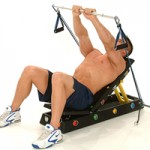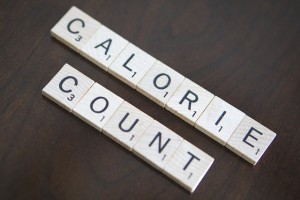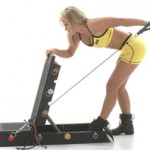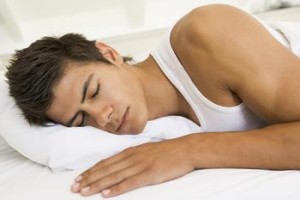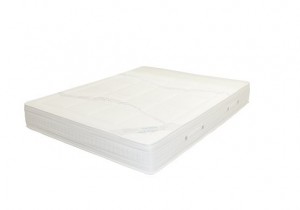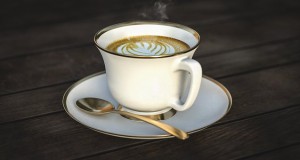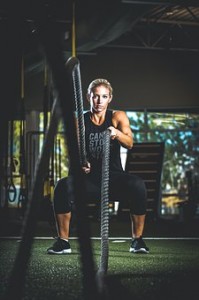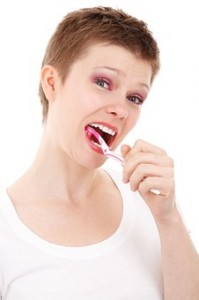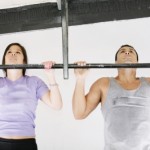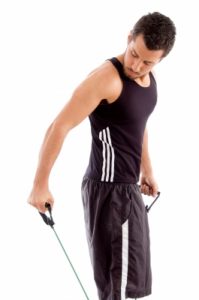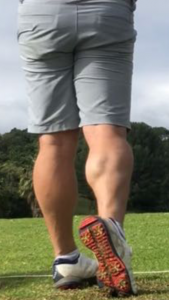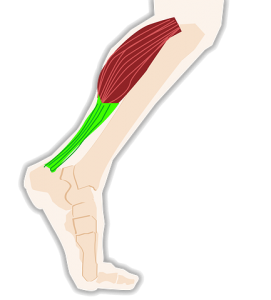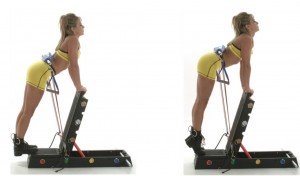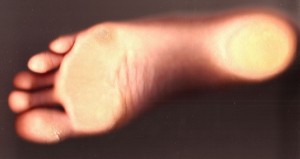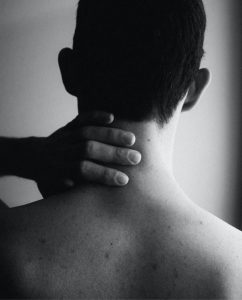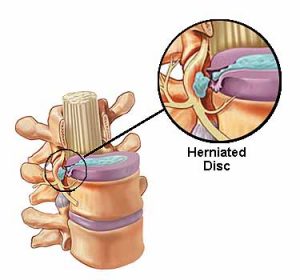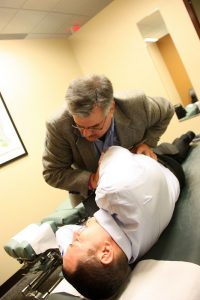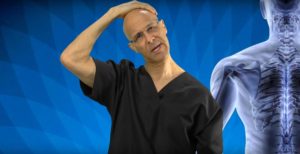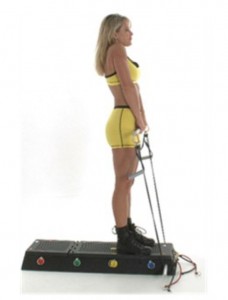This week, Targitfit is pleased to bring you an informative diet article by Carnivore Aurelius:
Are you interested in a diet that may be able to help you:
- Shed body fat
- Detox from decades of a bad diet
- Increase lean muscle mass
- And improve your skin
- For just 3 INSTALLMENTS OF $9.99…just kidding! The steak & eggs diet, one of the simplest ways of eating in the world, may be it.
This article explains what the steak and egg diet is, how it works, commonly reported benefits and what science has to say about it. It also offers guidance on how to begin this radical eating plan and what you should expect from a physiological viewpoint.
What is the Steak & Eggs Diet?
The steak and eggs diet is similar to the “all meat diet”, the “zero-carb diet”, and the “carnivore diet”. It is a simple but radical eating plan that helps many people to lose fat and develop more lean, ripped muscles. It’s all about healthy fats and protein!
It is simple because it only consists of – you guessed it – broccoli. No, it’s just steak and eggs, of course! It goes against the mainstream beliefs about healthy dieting and sticks a defiant middle finger in the air at veganism and other plant-centered, carb-heavy diets.
Eating only steak and eggs for lunch and dinner every day is radical because it totally eliminates every single other food. NO vegetables or vegetable oils. NO grains. NO sugar. NO carbs! This nonconformist eating plan makes the body burn fat as a primary energy source.
That means that people on the steak and eggs diet are not exposed to all of the bad foods that most other people are.
And because there are only 2 meals eaten each day within an 8-hour time period, practitioners are engaging in Intermittent Fasting, which offer loads of healthy benefits – like losing weight, having more energy, and enhancing the body’s detoxification capacity!
Many of you know why a carnivore diet works well already. The steak and eggs diet works for many of the same reasons. The first of which is because it’s a radical elimination diet, cutting out many of the ubiquitous disease causing foods
- Seed oils
- Sugar
- Refined carbs
- Processed food
- Alcohol
- Inflammatory vegetables
It’s no secret that many (most) people consume nutrient-void foods that cannot enable their bodies to function optimally. Most of the foods that people eat cause systemic inflammation, a key marker in nearly every disease including cancer, cardiovascular disease, diabetes, obesity, autoimmune disease, and arthritis just to name a few.
Check out this more in-depth article about why the carnivore diet works to learn more.
Who is Vince Gironda?
Before we jump in further, let’s take a look at where the all-meat diet originated from.
Enter Vince Gironda, a champion bodybuilder in the 1950s and trainer to celebrities in and out of the bodybuilding realm – including Frank Zane, Larry Scott, Arnold Schwarzenegger, Cher, Denzel Washington, and the great Lou Ferrigno. Vince is perhaps most famous for calling Arnold a “fatfuck”.
Gironda attributed his success in bodybuilding to his diet. In his opinion, about 80% of a bodybuilder’s success depends on the foods he or she consumes. He developed the steak and eggs eating plan based on what our human ancestors survived and thrived on for millennia: animal meats and organs. The goal: to shred body fat in a hurry.
Vince Gironda at certain points would eat 36 eggs a day, which he compared to a cycle of steroids. Steak & eggs are two of the most anabolic foods in the world, as they increase cholesterol, have a lot of protein, and a complete amino acid profile.
Benefits of the Steak & Eggs Diet
Note that there has not been any long-term clinical research that supports or refutes the proposed benefits of the steak and eggs diet. However, there have been various small trials conducted that strongly suggest multiple health benefits, at least in the short-term.
With that being said, millions of people swear by the results they achieve while practicing this radical meal plan program. Here are some of the commonly purported benefits:
- Rapid fat reduction and associated weight loss
- Reduced systemic inflammation
- Increased sexual drive (libido)
- Increased testosterone levels
- Stronger, less painful joints
- Increased energy levels
- Improved mental clarity
- Reduced chronic pain
- Happier mood
- Healthier skin
The steak and eggs diet requires no calorie counting, carb counting, or any other type of dietary counting.
In a nutshell, it includes 1-2 pounds of beef meat and organs and 6-10 eggs daily, divided between two meals. That is ALL!
It makes grocery shopping a breeze and eliminates a lot of cooking time relative to preparing multi-course meals.
The steak & eggs diet is a great diet. But an even more powerful way of eating is adding in the other animal products that are even more nutrient packed (like beef liver!).
How Does the Steak & Eggs Diet Work?
Consider the prehistoric person: There was no McDonald’s or Pizza Hut to drive through and obtain food.
Instead, hunter-gatherers had to acquire their meals by eating other animals and gathering what plants they could. The bulk of their calories came from the animal meats and organs – not from the organic plants they discovered while on routine gathering trips.
#1 Radical Elimination Diet
The biggest reason why the steak & eggs diet is so effective is because it eliminates all of the main inflammatory culprits.
The standard american diet is death in a package. Frankly, anything that moves away from it is going to be beneficial.
The steak & eggs diet removes everything on the Mt. Rushmore of inflammatory foods: vegetable oils, sugars, processed carbs, fructose and inflammatory vegetables + pesticides.
All too often, people search for the next superfood to add, when in reality cutting out problematic foods often yields the greatest benefit.
Cutting out these foods will dramatically reduce immune system activation and inflammation. And yes, even supposedly healthy vegetables can be damaging.
Plants produce their own natural pesticides to fend off predators like you. Lectins, saponins, oxalates, and goitrogens in plant foods all play a role in disease.
Almost every single plant food has one of these booby traps. Learn why you don’t need vegetables here.
#2 Ketosis
The primary method of action that makes the steak and eggs diet so effective for shedding fat involves making a shift from using glucose and other sugars for energy to burning stored fat for energy.
When the body uses glucose, fructose, lactose, and other carb-based foods for energy, it relies on glycolysis to break those sugars down.
You can read more about ketosis and its effects in the article from the European Journal of Clinical Nutrition.
When the body takes in NO carbohydrates, it begins to metabolize stored fats in order to gain the energy it needs to facilitate its many metabolic processes. This is WHY we store fats in the first place: to have nutrients and energy available to us in times of famine.
In fact, animal meat, organs, and fats are what made humans evolve in the manners that they did. It wasn’t bananas, broccoli, rice, tofu, or French fries. It was animal meat, animal organs, and animal fat!
Ketones have a number of benefits including
- Increase longevity in c. elegans by 20%
- Improve sirtuin function + DNA repair
- Increase glutathione endogenously
- Reduce oxidative damage
- Upregulate foxo3, a longevity gene
- Reduce DNA damage in the brain
- Increase cognitive function
They are the ultimate superfuel.
This study from ben bikman pictured below also showed that a low carb keto diet actually makes you burn 300 more calories at rest.
Talk about a cheat code for weight loss.
#3 Satiety
Satiety is feeling full after eating. It comes from the brain recognizing that some quality nutrients have been taken into the body. Our brains shut off hunger signals to tell us that we have eaten enough. The food is then digested and nutrients are derived and distributed throughout the brain and body to enable function.
Most people believe that they MUST eat 3 meals daily and that being hungry will surely cause them illness and eventual death. They mistake the hunger signals from their brains, believing that they need “food” instead of “nutrients”.
THIS is all-together inaccurate. In fact, this erroneous belief is one of the largest contributors to the pandemic levels of obesity and almost every other disease in nearly every country on the planet today.
Frankly a calorie is not a calorie. Try eating 2000 calories of both Doritos and eggs. The Doritos will disappear without even flinching. Whereas doing it with eggs is near impossible (unless you’re Vince Gironda).
Your brain gives a hunger signal when it requires nutrients to facilitate the many processes of daily life – including walking, talking, thinking, hunting, gathering, and even thinking and sleeping. EVERYTHING we do requires energy. The better the source of the energy, the better the brain and body can function.
Poor foods, like those that comprise the modern western diet, are poor energy sources. When eaten, they provide no real nutritional value for the body or brain. It quickly results in the brain sending out more hunger signals – because it recognizes that it has not yet received the nutrients it requested initially.
And over the course of decades of consuming these nutritionally-void foods, they destroy their health, wreck their psychology, and often die prematurely. No thanks!
The Steak and Eggs meal plan gives your body all of the essential nutrients it requires to burn fat and thrive. It is so simple because meal planning and food preparation times are significantly reduced. This radical diet also works by:
- Providing nutrient-dense foods
- Increasing protein intake
- Eliminating bad foods
- Improving gut health
#4 Increased Nutrient Density
Nutrients are vital for all cellular function. They play a role in everything from growth to immune support, to brain function. Many also have antioxidant properties that can protect against diseases like cancer and Alzheimers.
But most people are extremely deficient in vitamins. Some common ones are below:
- Vitamin D: 77% of American’s are deficient in Vitamin D
- Vitamin B12: 3% of adults over 50 have extremely low vitamin D levels. 20% have borderline deficiencies. Amongst Vegans and Vegetarians vitamin b12 deficiency is much more common
- Vitamin A: Vitamin A is only found in sufficient amounts that your body can absorb in animal products. It’s likely that if you’re not eating enough animal products, you’re deficient. Deficiencies amongst children and women are the most common. Approximately 127 million preschool-aged children and 7 million pregnant women are vitamin A deficient.
- Iron: 25% of the world is deficient in iron. Anemia is even more common amongst vegan
- Calcium: Over 20% of men and 10% of women over 50 are deficient in calcium
- Zinc: 1.1 billion people are deficient worldwide
This paints a disturbing picture. No wonder chronic disease is so prevalent. Adequate vitamin intake is necessary for optimal function.
The steak and eggs diet increases satiety after meals because both red meat and eggs are LOADED with quality nutrients. This comes as a big surprise to a lot of people. They are unaware that red meat and eggs are two of the most nutritious foods in the world.
Wanna check it out for yourself? OK – here it is! The micro-nutritional breakdown of 2 pounds of steak and 8 chicken eggs (the percentages are relative to the US RDAs for each):
- 660% of vitamin B12 (cobalamin)
- 479% of zinc
- 438% of selenium
- 291% of phosphorus
- 216% of vitamin B2 (riboflavin)
- 183% of iron
- 177% of vitamin B6 (pyridoxine)
- 175% of vitamin B3 (niacin)
- 92% of potassium
That’s not all! The same amounts of steak and eggs also contain vitamin B1 (74%) magnesium (66%), copper (64%), folate (63%), pantothenic acid (57%), vitamin A (54%), vitamin D (34%), calcium (32%), vitamin E (27%), and manganese (8%), and even trace amounts of vitamin C (ascorbic acid).
Possible Downsides of the Steak & Eggs Diet
Again, there have been no long-term clinical studies exploring the health benefits or negative effects of the steak and eggs meal plan. Most of what is known about it stems from anecdotal reports by people who practice it.
Although eating steak and eggs and nothing else may sound enticing, it can take some getting used to, especially for those who have had poor diets for many years. Some people report having cravings for the foods they are used to consuming.
That’s OK!
It is good advice to allow yourself a cheat day here and there when beginning to practice any new eating plan. Don’t be too hard on yourself. Many people even schedule a cheat day once every 6th day to avoid becoming burnt-out of only red meat and eggs. Just try to avoid carbs as much as possible on your cheat days.
Aside from cravings, there aren’t a lot of downsides reported about the steak and eggs diet. Just pay attention to what your body and brain are telling you and modify your eating habits accordingly.
If you have ANY chronic underlying medical condition, then please consult with your doctor before changing your eating habits.
Conclusion
The steak & eggs diet is a great diet. But an even more powerful way of eating is adding in the other animal products that are even more nutrient-packed (like beef liver!).
If you’re interested in learning more about the carnivore diet, sign up below for my 14 day guide to mastering it.
This article originally appeared on carnivoreaurelius.com.
Carnivore Aurelius is a nutrition and biochemistry expert who’s studied for over 5 years. He used the carnivore diet to cure IBS, rheumatoid arthritis and his acne. He’s passionate about distilling complex nutritional information down to actionable advice.






